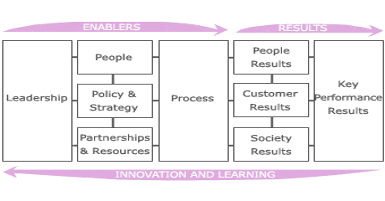We asked Andrew Manning founder of Know Progress to share his thoughts on preparing a law firm for sale. In this final part of a three part series, Andrew explores making your business 'merger fit'.
In simple terms, making your business “merger fit,” really means keeping it in the condition it should always been in, and addressing any short-term outstanding issues- which inevitably arise from time to time.
If you were doing a review of your own firm, your own due diligence if you like, then what are the things you would be considering? A useful framework for considering what to look at can be found in the European Foundation for Quality Management’s Business Excellence Model, as shown below.

RESULTS
I am going to start with an extensive list of questions you should be asking, and probably are asking, about your financial results and position.
Financial results, balance sheet, cash flows
How strong are your firm’s financial results historically and currently, relative to peer firms and potential merger partners? How robust are these results when scrutinised? When considering revenue, is WiP realistically and prudently valued? Has all WiP been accounted for? Are uninvoiced and other committed costs being accrued accurately and on a timely basis? How do these benchmark with other firms, and indeed other industries? Are margins increasing or decreasing? Are depreciation and amortisation policies appropriate? What is happening with reported and underlying PEP –having regard, for example, to newly appointed Partners etc? How accurate is your budgeting process based on historic actual v budget reports? How are you currently doing versus budget?
How much of your growth is a growth in volume and how much due to price increases? How much of growth is from existing clients or new clients? Existing services or new services? Existing markets or new markets? Is the growth profitable? How are you funding it?
How robust does your balance sheet look? How recoverable is your debtor book? How recoverable is your WIP? How aged is your debtor book and wip book? What is the speed of conversion to cash? How much cash do you have? Is that too much or too little? Do you have any unsettled or long running disputes over unpaid invoices? What is the age profile of your creditor book? How much is due and when? Is enough accrued? Do you have any disputes? How much short- and long-term borrowing do you have? When does this need to be repaid? (how) can you refinance it? How much of equity is in capital accounts and how much in current accounts? What about tax reserves? Do you have equity in capital accounts that you need to repay or new equity coming in? Have you enough cash to pay out the current accounts? Do you have an appropriate mix of debt and equity funding the business?
What is your cash flow forecasts? How sensitive are these, and to what factors? How much of these can you control? Are you controlling them? What investment do you have planned? How are you funding this?
What financial information do you produce, for whom, and how often? How robust is it? How detailed is it? How granular is your information? Can you show revenue, costs, and profit per matter? Per client? Per fee earner? By team? By department? By geographic location? Etc
How stringent are your financial controls? How strong is compliance with these? How visible and robust are audit trails?
How effective, equitable, and accepted is your Partner REM system? How are profit shares, including base drawings allocated? What does this mean for the range of partners’ earnings compared to the PEP figure? Does this reflect your desired culture? How might this influence merger partners?
Are your client accounts in decent shape? Are there unallocated balances? Are there disputes, etc?
These are some of the questions you can expect to be considered by potential merger partners and their professional advisors. They are all questions you should consider yourself to run your business effectively and efficiently and to ensure the results are aligned with the strategy- and/or vice versa- and to illustrate whether you are just surviving, or thriving, and where there are opportunities to learn and improve.
People results
These are core and critical in any business, and even more so in a professional service firm. These should be far more than just “are people happy?” Different people can be “happy” for a range of reasons, not all of which may be helpful to your business. What does “happy” or “satisfied” mean?
So, what are you measuring? Are these the right measures? How often? What are these telling you? Are there clear trends? Are these positive or negative? How might a third party interpret them?
(How) do you measure performance? (How) do you measure behaviour? (How) do you measure alignment with your firm’s values?
Client results
Client results are also core and critical. Again client “happiness” or “satisfaction” is important, but not enough on its own. Clients may be very satisfied because you provide a fantastic service, lots of value added, really like your team, and you don’t charge very much- you may be losing money serving them. Are you measuring the long-term value of the client? Are you considering the range of services they buy, the frequency at which they buy them? Their “prestige” value in the market? The things they say about your firm? Are you measuring the strength of relationship you have with them?
Society results
These are now commonly termed ESG results. From a business perspective these are increasingly important to employees, to clients, and to providers of capital. Their importance to everyone as “citizens and guardians of the planet” is self-evident. How are you improving in this area? How good are you?
Summary
Strong people results and strong client results will lead to strong financial results- however strong short term financial results may come at the expense of people and/or client results and may not be sustainable. Are you able to identify that balance when looking at your firm?
In the next newsletter I will consider the enablers of results as highlighted by the EFQM model: namely, leadership, strategy & policy, people, resources & partnerships, systems, and processes.
If you are a “good” business then you will be sustainable, will thrive, and will be an attractive merger partner. If you are an “average” business then you have opportunities to improve, and this may be a (joint) opportunity as part of a merger. If you are a poor or weak business then you may not be sustainable in the short, medium, or long term. This may make you unattractive as a merger partner or mean that your firm will be seen as a takeover target that needs a lot of sorting out.

Author: Andrew Manning
Andrew Manning is a very experienced leader of service organisations in the business and professional service fields. He has been CEO of two law firms, and advisor to a number of others. Throughout his career he has been involved with the search for, due diligence, acquisition and disposal of a number of businesses. He has also led integration for both acquirers and the acquired and thus has hands on practical experience of dealing with the issues that arise pre and post sale or merger.
Andrew, an alum of Harvard Business School, currently has a portfolio career, mixing Non-Executive and part time/interim executive roles with consulting projects, mentoring and training services. He is also the author of a book on how to create more value in service organisations which has been endorsed, amongst others, by two Harvard Business School professors.
Website: www.knowprogress.co.uk
